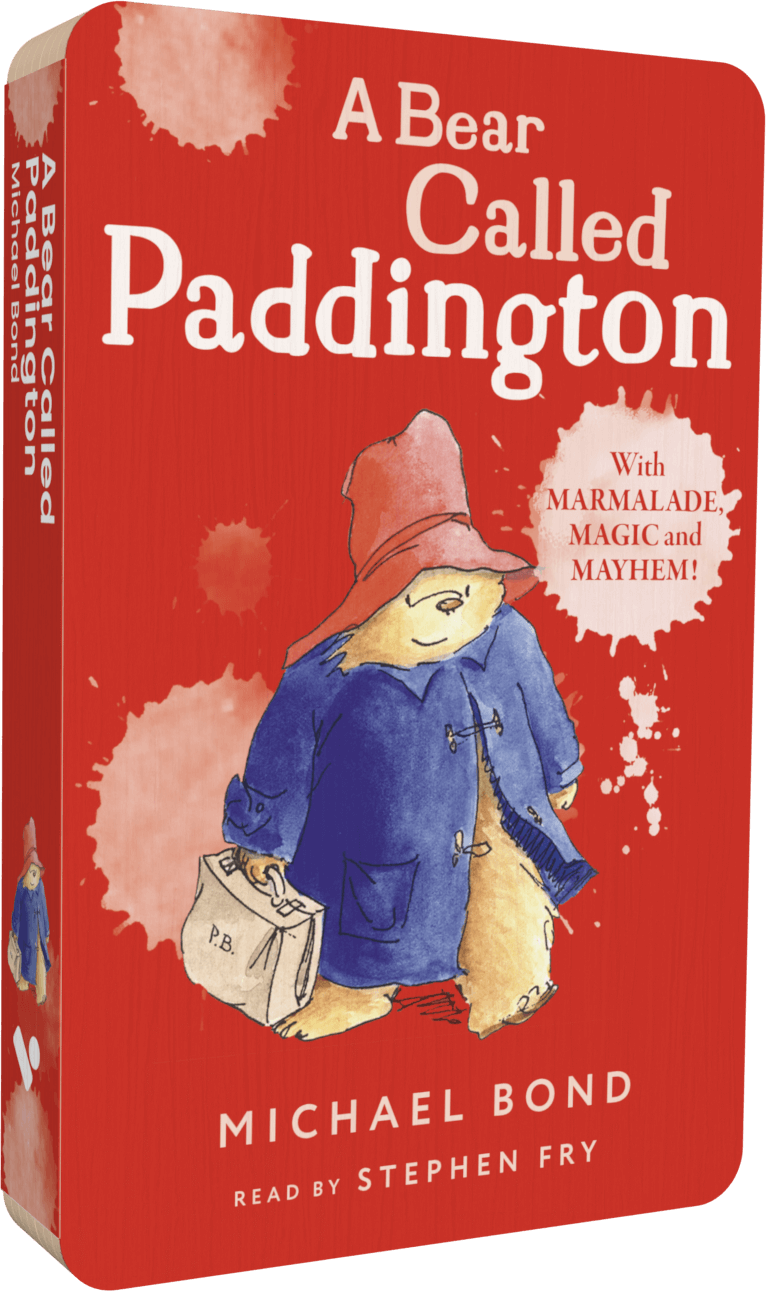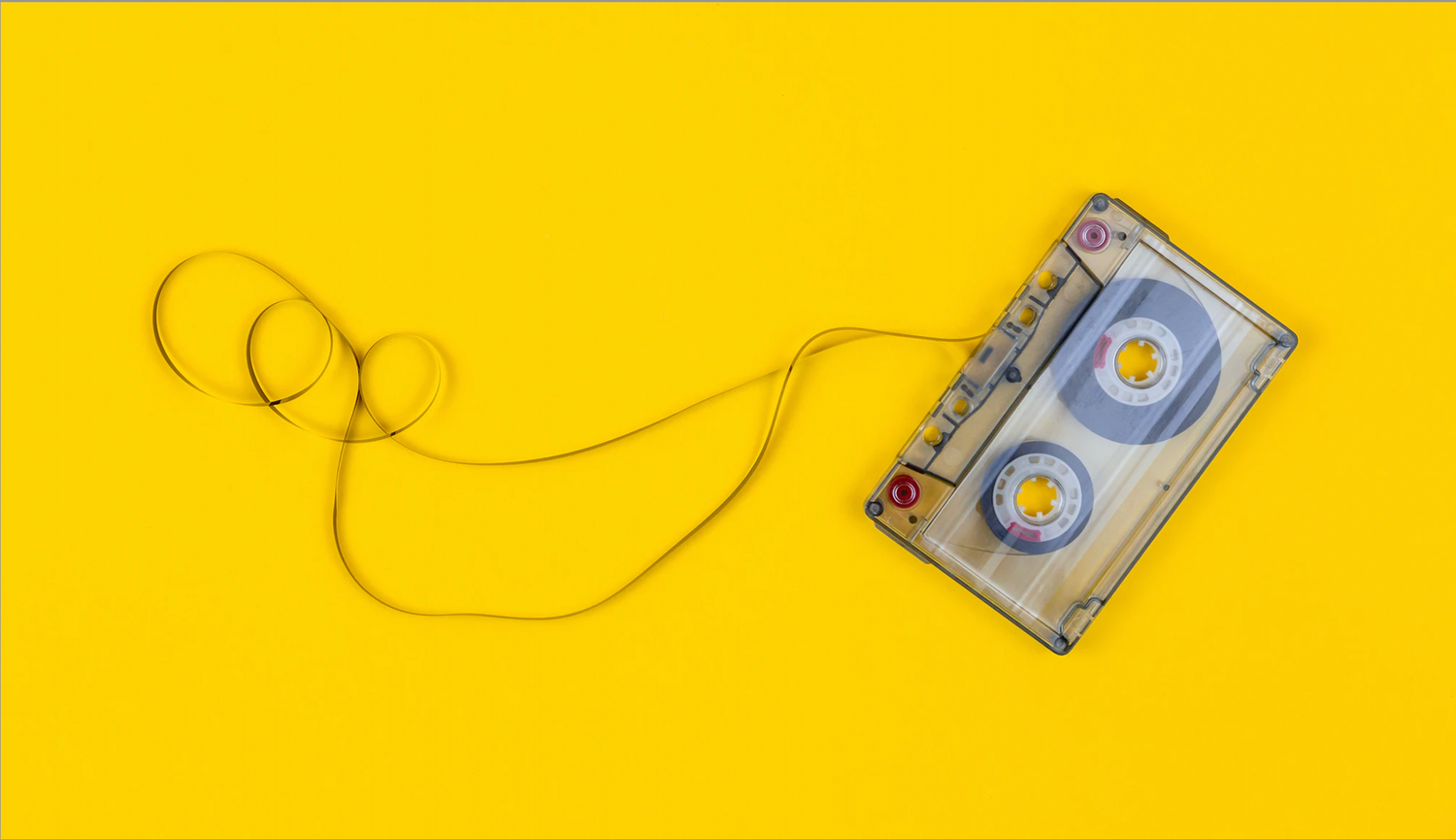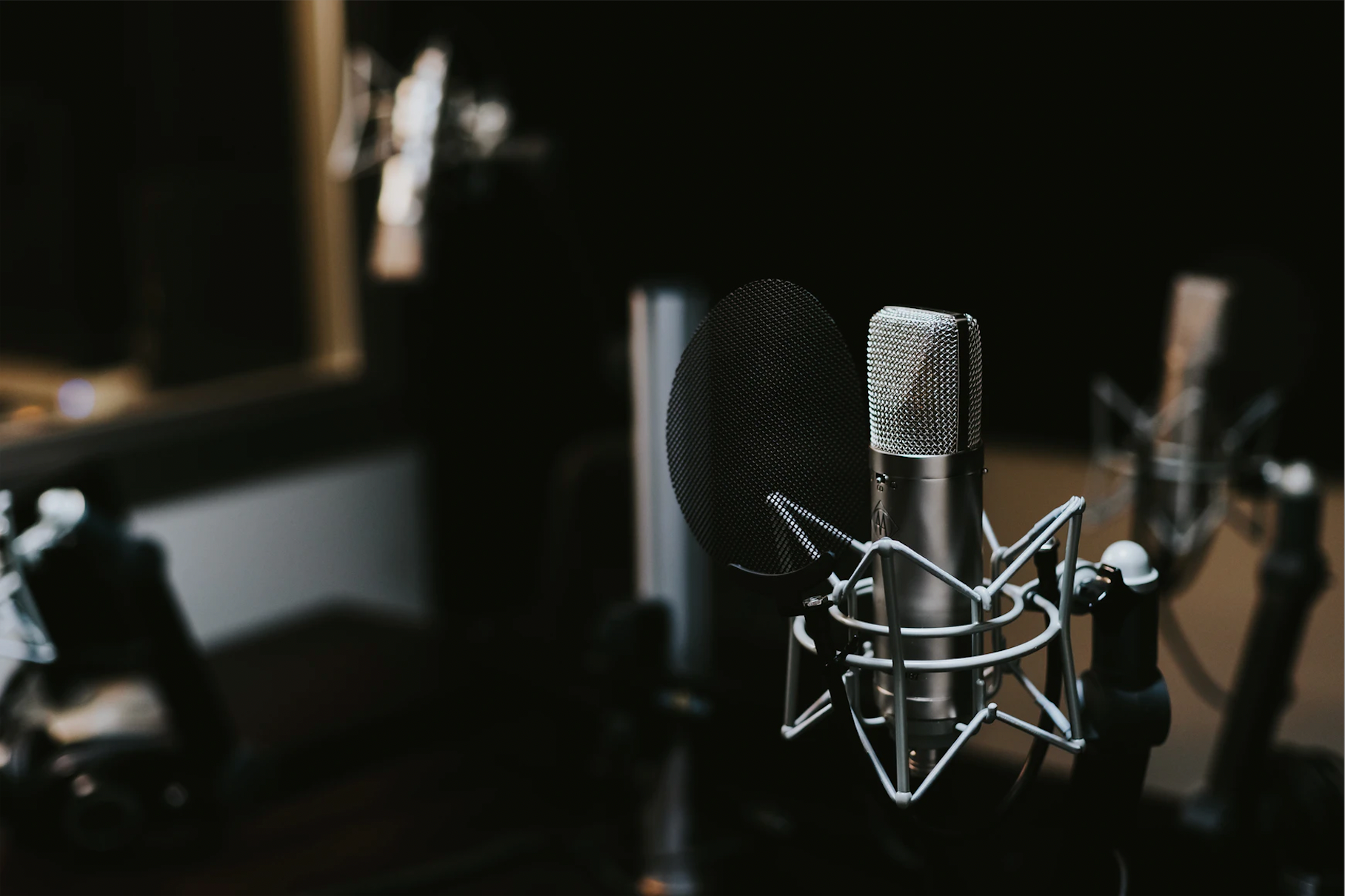The audiobook may seem like a fairly recent invention, but variations of the concept have been brewing for decades, if not centuries.
The first audiobooks
Scribner’s Magazine reported way back in 1894, that the future of books lay in audio. They anticipated a world where readers would consume literature via phonographic devices, with tubes connected to their ears. It was imagined that authors would usually read their own work, but if they were particularly unskilled at reading aloud, then a hired actor would take on the role.

Not far off, right? It’s telling that even before we had the technology to do so, readers were imagining a future in which books could be listened to, as well as read. It’s clear that the concept of the audiobook has been fermenting since long before the boom of the 2000s.
The first ‘talking books’ were created for veterans who had lost their sight in WWI. The idea was originated by Captain Ian Fraser, who was blind due to injuries sustained at the Battle of the Somme, and became frustrated by how slowly he was able to read braille. With help from the RNIB, Fraser’s team opened their first recording studio in 1934, and began distributing spoken novels in 1935. The average novel required 10 discs, and they were played on specially designed turntables. Two years after the opening of the RNIB Talking Book library, nearly 1,000 people owned a talking book machine.

The first audiobooks intended for a mass audience were produced by Caedmon Records. Founded in 1952 in New York by Barbara Cohen and Marianne Roney, the original intention of the company was to memorialise great living writers reading their own work. Their inaugural title, a recording of Dylan Thomas’s A Child’s Christmas in Wales, sold 250,000 copies. Cohen and Rooney sold the label in 1970, and it is now part of HarperCollins, but not before they created over 500 recordings.
Technological advances
The popularising of cassettes in the 1960s, followed by CDs in the 1980s, continued to transform the industry, with the ability to store increasingly large amounts of content on smaller devices.
The 1990s marked a significant turning point in the manufacture of audiobooks, as the industry first began to pivot towards digital. In 1995, Audible made it possible to download audiobooks onto a desktop computer. Not exactly portable, but it gave a taste of what was to come.

1996 saw the first Audie Awards ceremony, proving that audiobooks were truly cemented into the mainstream. The following year, Audible released the first audio player specifically designed for listening to audiobooks (it held 2 hours of audio for a cost of $200).
From physical to digital
The transition to digital was accelerated in the 2000s. Audiobooks became available on iTunes in 2003, and an audiobook-specific player was no longer required, with consumers downloading titles onto their MP3 players alongside their favourite music. In 2008, digital downloads of audiobooks overtook sales of their CD counterparts.
Audiobook sales have continued to grow exponentially throughout the last two decades, with sales surging 42% in the first half of 2020. The industry continues to innovate and grow, with new technologies continually being implemented to improve the listening experience, introduce listeners to new content, and bring the joy of audiobooks to as many people as possible.
Sources:
Celebrating the history of Talking Books
'Your throat hurts. Your brain hurts': the secret life of the audiobook star
Pandemic drives ebook and audiobook sales by UK publishers to all-time high





